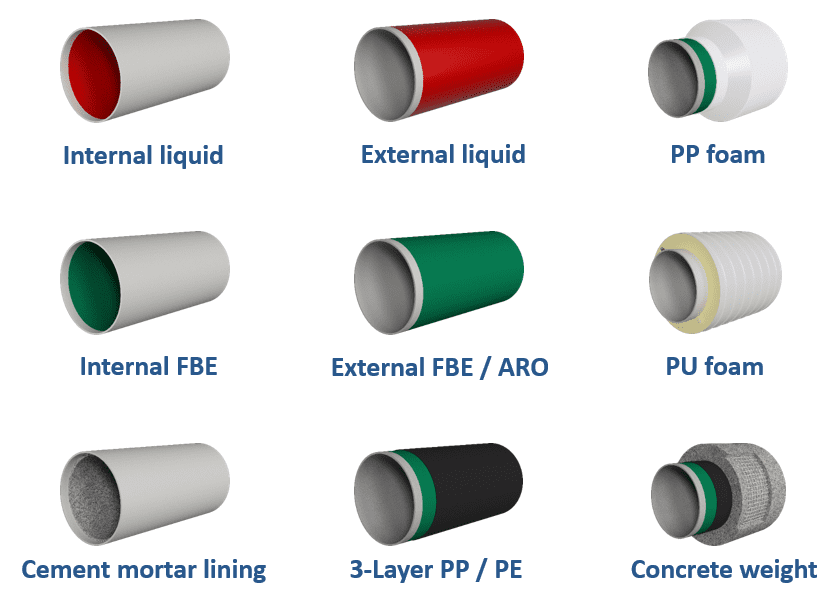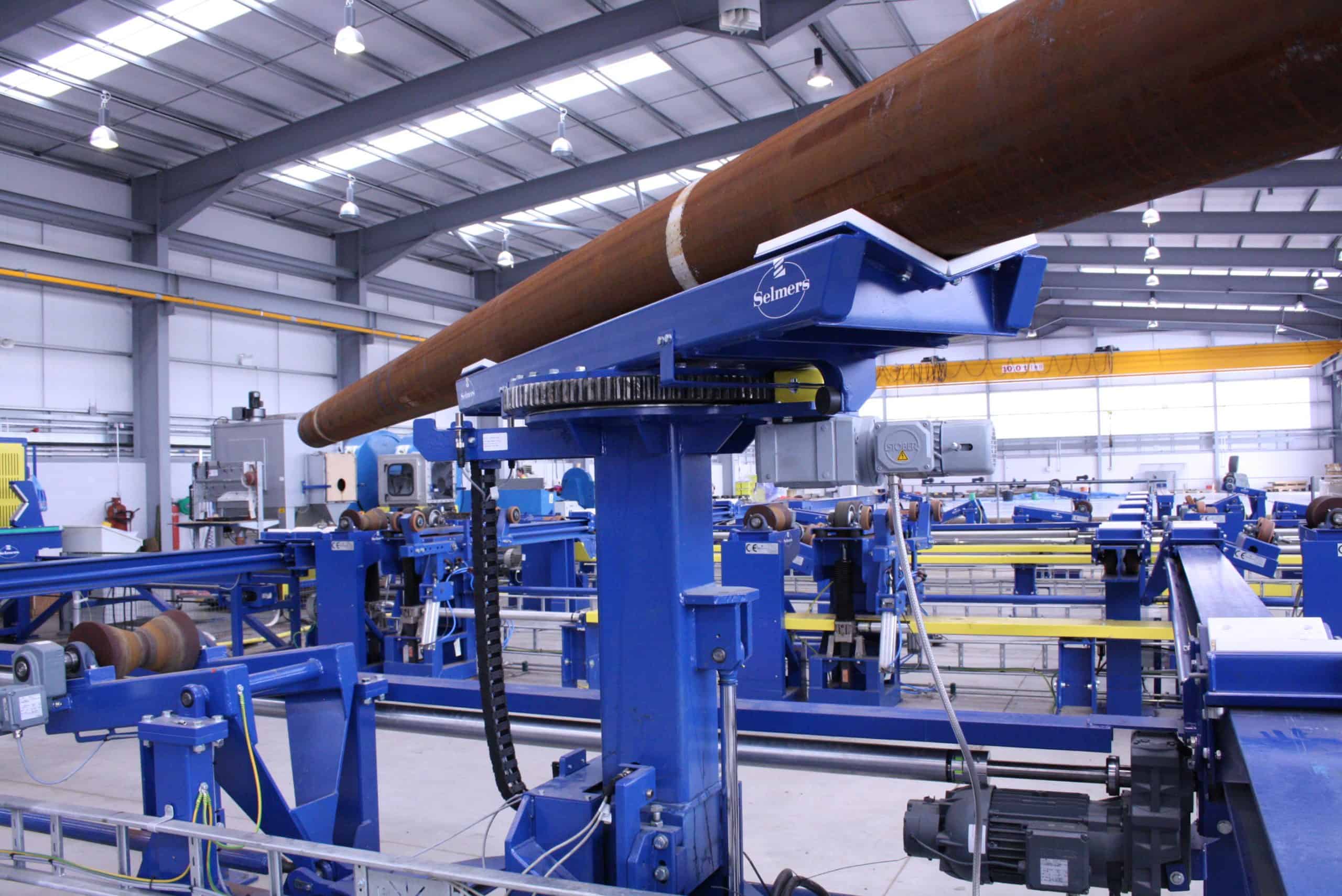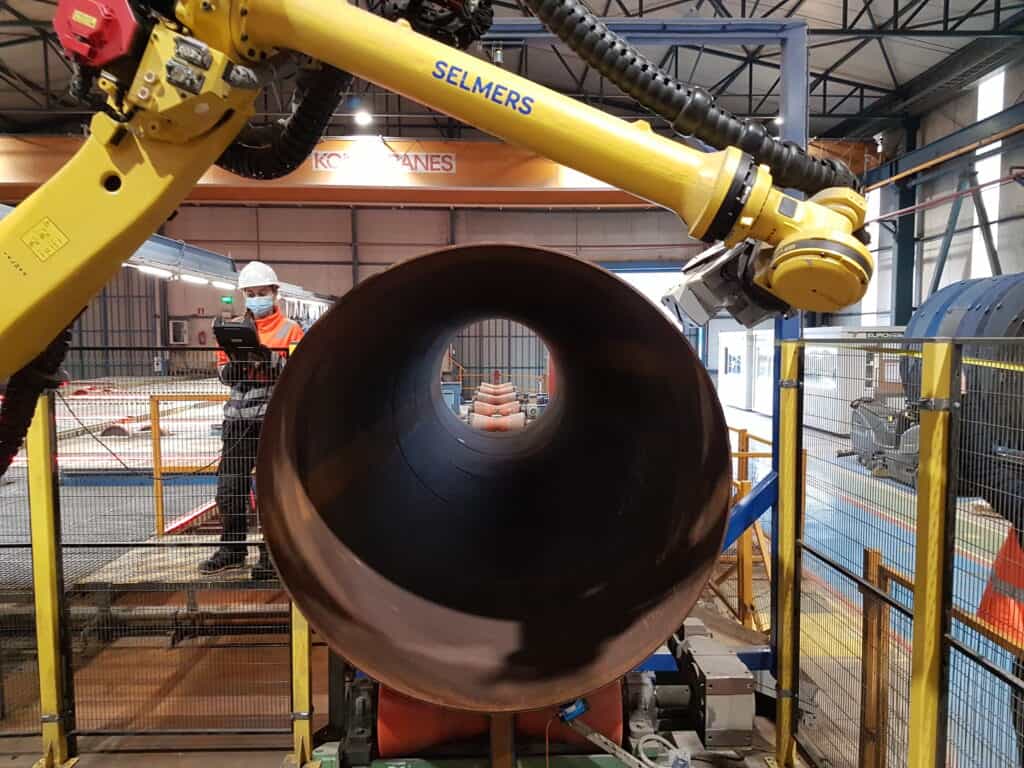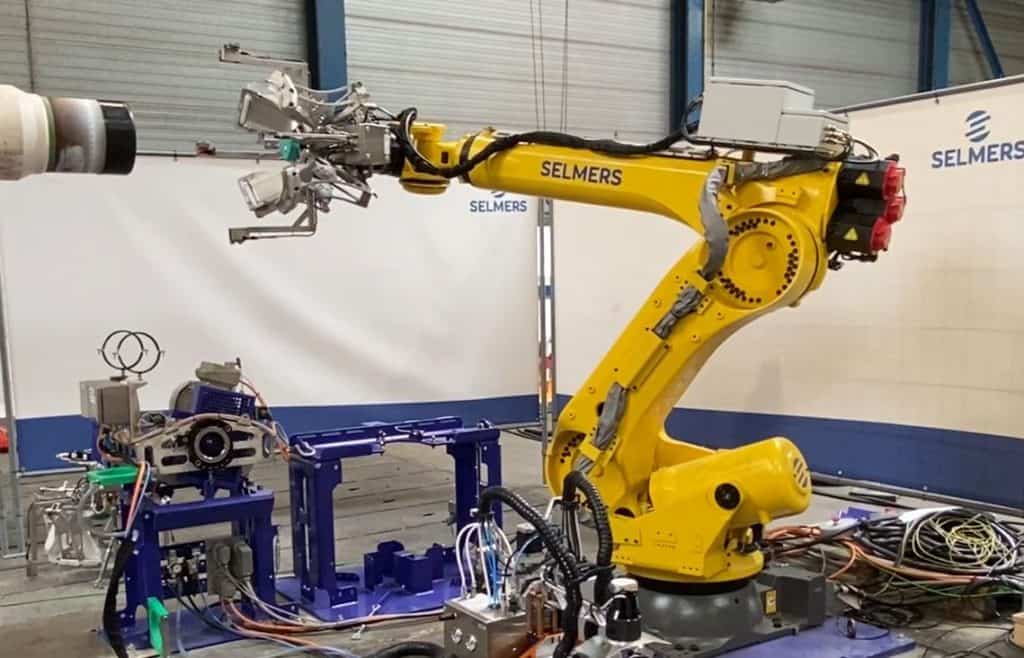With the deluge of new technologies, the question arises whether your company should get serious about robots, if only to be ready for relatively new technologies such as AI and ML. However, robotization is a means and never an end in itself. Before implementing robotics, it is therefore important to first map out various considerations and risks.
Replacing and creating boring work
For many organizations, the Fear Of Missing Out (FOMO) can be a trigger to give robots a place in their operations. As with most fears, FOMO is a bad advisor, all the more so because robotization initially costs a lot of money and has significant implications for your organization and business processes. Moreover, not all tasks can be carried out by robots. At the same time, robotization can both replace and create boring work. For example, the work of many operators is ‘limited’ to monitoring processes and assuring quality. This can actually make the work less dynamic and lead to loss of concentration and more errors.
Considerations and risks
Before getting serious about robotization, it is important to take the following considerations and risks into account, among others:
- The existing organizational structure and corporate culture. Robotization requires retraining of personnel and overcoming resistance. We therefore strongly recommend organizing meetings early on to discuss the arrival of the robot(s) and what this means in the short and longer term.
- Changing processes, tasks and responsibilities. This builds upon the previous point and requires answers to questions such as:
- What human skills will be required to manage emerging technologies?
- What jobs in our organization should we be planning to fully automate in the next 5 years?
- What tasks will automation not be able to perform better than humans?
- Which workers will be most severely affected?
- How many current employees have the ability to step-up and fill the growing skills gap quickly?
- What new skills will human workers need to acquire to remain valuable members of the changing workforce?
- Physical safety of employees. Think in advance about how you will ensure that your employees can work and collaborate safely with the robots (‘cobots’) and always put safety at the heart of the design of a robot line.
- Data protection. Robots (sensors/cameras) are increasingly ‘looking around’ and generating enormous amounts of data and images. How will this increasing ‘ambient intelligence’ affect your employees, among others? And what if that data ends up in the wrong hands?
An army of specialists
Do you have concrete plans to start with robotics? Or do you still doubt whether robots can be successfully integrated into your company (both technically and organizationally)? Would you like to know more about the possible lead time and/or payback period? In all cases, you can contact us without obligation. Not only do we have a lot of experience with robotics, but we also have a small army of mechanical, hydraulic, pneumatics, fluids, electrical and software engineers at our disposal. On top of that, we can activate our extensive network of suppliers and partners with whom we can meet any challenge! Just call your sales contact or send an email to sales@selmers.com






